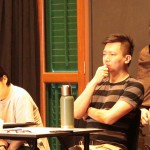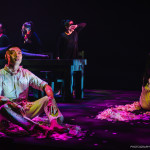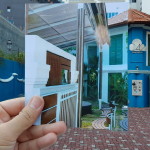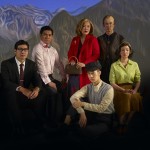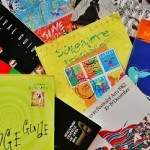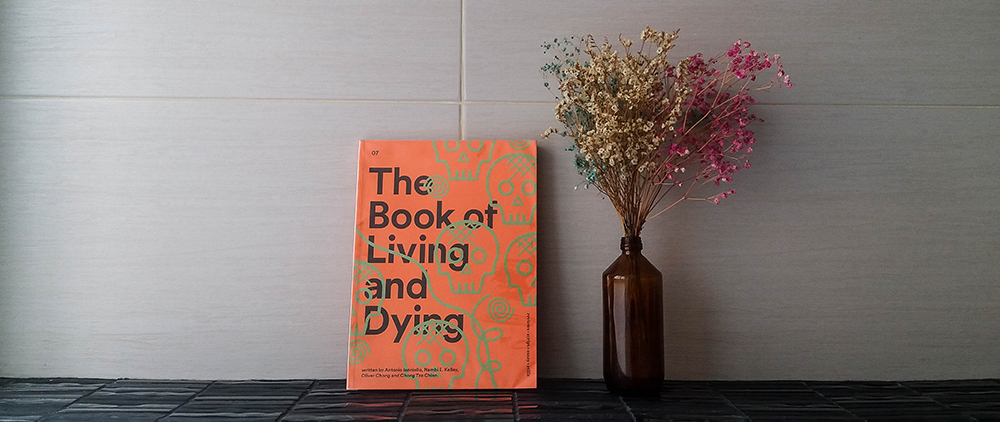
The Book of Living and Dying by Antonio Ianniello, Chong Tze Chien, Nambi E. Kelley, and Oliver Chong. Photo: Gillian Ong
We challenged our intern, Gillian Ong – a Sociology and Arts and Cultural Management student from the Singapore Management University – to read a play script from our Book Den, and write an article about it. She bravely accepted the challenge, and picked The Book of Living and Dying by Antonio Ianniello, Chong Tze Chien, Nambi E. Kelley, and Oliver Chong to delve into. She shares her thoughts about the work below.
“A Digestible Introduction to Tibetan Buddhism Philosophy.”
Anchored in Tibetan Buddhism, The Book of Living and Dying is set in New York and follows the story of Martina, an Italian transvestite, and her adopted African-American daughter, Eve. As the story progresses, it becomes apparent that the pair’s fates have been entwined through several reincarnations.
Their connection began in ancient Tibet where a thief (Martina) steals an oil lamp from the monastery, and his wife’s unborn child (Eve) dies shortly after. The thief’s crime sets into motion a series of events as he reincarnates into the likes of an Ox and a Japanese soldier, while Eve becomes a prisoner-of-war carried by the Ox, and a Japanese soldier’s comfort woman.
Even though I have never seen the staged production of this play, the annotated directions, photos from the premiere, as well as the descriptive language gives the sense of a fantastical performance. It would be a treat to watch the story play out. But without the visual cues, big ideas such as karma and reincarnation can be confusing to understand. This is compounded by the non-linear style of storytelling, which brings the reader into both the past and the future, until the whole element of time deteriorates at the end.
Likewise, it can be challenging to follow Martina and Eve as they take on different characters through their past lives. And even though the mother-and-daughter relationship is by no means the main crux of the story, those end up being the parts that I find most relatable: the way Martina gives roundabout replies to Eve’s questions reminds me of my interactions with my own parents.
I also find the language in the play to be inconsistent at times. In one instance, after Martina reveals to Eve the truth about her adoption, Eve responds using black slang and refers to a “Master”. Perhaps it is an attempt to portray the collision of memories of Eve’s multiple lives as a result of her anger, but the one-time occasion is out of place and jarring.
There is certainly a lot to take in in this work. That said, I appreciate the way the plot draws parallels between the theories of science and Tibetan Buddhism. It makes the work more convincing for me – as a sceptic of religion – to take in, as it does not delve into the preaching of religion, but rather explains how everything is connected using Newton’s third law of motion: “For every action, there’s an equal and opposite reaction. Energy never disappears.”
Even though Tibetan Buddhism is the basis on which the work is built, the religion has been incorporated in a manner that does not distract or overpower the story. While Buddhism, or religion for that matter, has never been a huge part of my life, this play script has succeeded in piquing my interest in learning more about the nuances of the religion’s philosophy.
By Gillian Ong
Published on 3 April 2018
Gillian is a third-year Sociology and Arts and Cultural Management double major student from Singapore Management University. She’s a slave to the stage and spends her spare time (and money) either running around backstage or watching local theatre plays.
A browsing copy of The Book of Living and Dying is available at Centre 42’s Book Den.

